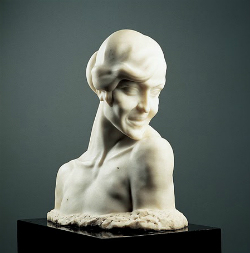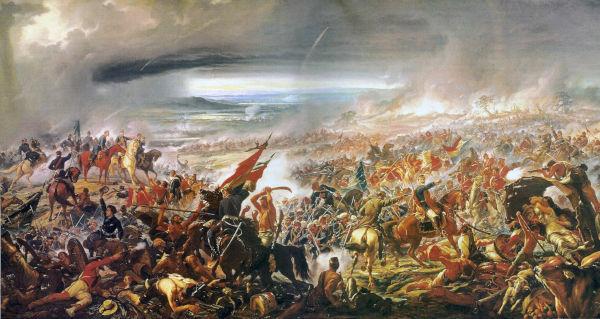THE Art Deco it was a modern international movement that took place between 1925 and 1939.
This style has manifested itself in the visual arts, architecture, sculpture, interior and industrial design, cinema, fashion, etc.
The term "Art Deco" comes from the French term "Arts Decorations"which means Decorative Arts.
Origin
As a starting point we have the "International Exhibition of Decorative and Industrial Arts", which took place in Paris in the year 1925.

"International Exhibition of Decorative and Industrial Arts", Paris (1925)
Initially, Art Déco was an art aimed at the post-war bourgeoisie, using expensive materials.
However, with the Art Deco Exhibition held in New York in 1934, this style became popular around the world.
Art Deco Features
- Pure Style ("clean") and luxurious
- Use of geometric shapes
- abstract design
- Use of materials: ivory, jade and lacquer
- Influence of artistic vanguards: futurism and cubism
- Influence of constructivism, modernism and geometric abstraction
- Stylized straight and circular lines
- Most explored themes: animals and women
- Remarkable presence in architecture
Art Deco in the World

Serralves House in Porto, Portugal
In the world, some constructions influenced by Art Deco are:
- Interior of Casa Serralves, Teatro Rivoli and Coliseu in Porto in Portugal;
- Cais do Sodré Train Station, the Cineteatro Eden, the Capitólio Cineteatro and the Nossa Senhora de Fátima Church in Lisbon, Portugal;
- Rockefeller Center and the Empire State Building Elevators in New York, United States.
Art Deco in Brazil
In Brazil, Art Déco manifested itself from 1920 onwards, mainly in architecture.
The Italian-Brazilian sculptor deserves to be highlighted Victor Brecheret (1894-1955) and some of his works with notorious influence of this style are: daisy (1921) and jaguar fight (1947-48).

daisy (1921) Victor Brecheret
Some constructions influenced by Art Deco in Brazil are:
- Lacerda Elevator in Salvador;
- Viaduto do Chá and the Pacaembu Stadium in São Paulo;
- Teatro Carlos Gomes, the interior of the ice cream shop Cavé, O Cristo Redentor a Central do Brasil in Rio de Janeiro;
- Railway Station and the Bandstand of Praça Cívica in Goiânia;
- the Félix Araújo Municipal Library, in Campina Grande.

Facade of the Pacaembu Stadium in São Paulo
Top Artists of Art Deco
- Emil Nolde (1867-1956) - German painter
- Erich Heckel (1883-1970) - German painter and illustrator
- Ernst Ludwig Kirchner (1880-1938) - German painter
- Fritz Bleyl (1880-1966) - German designer
- Joost Schmidt (1883-1948) - German graphic designer
- Karl Schmidt-Rottluff (1884-1976) - German painter and graphic
- László Moholy-Nagy (1895-1946) - Hungarian designer and painter
- Maurice Ascalon (1913-2003) Israeli industrial designer
- Max Pechstein (1881-1955) - German painter and graphic artist
- Otto Mueller (1874-1930) - German painter and printmaker
- Paul Poiret (1879-1944) - French designer
- René Lalique (1860-1945) - French designer and sculptor
- Sonia Delaunay (1885-1979) - Russian-French stylist, painter and designer
- Walter Gropius (1883-1969) - German architect
- William Van Alen (1883-1954) - American architect
Art Deco and Art Nouveau
Although Art Deco was inspired, in part, by the Art Nouveau, she was simpler in style. However, both movements were remarkable in architecture and design.
Read too:
- Modern Art
- modern painting
- European Artistic Vanguards


